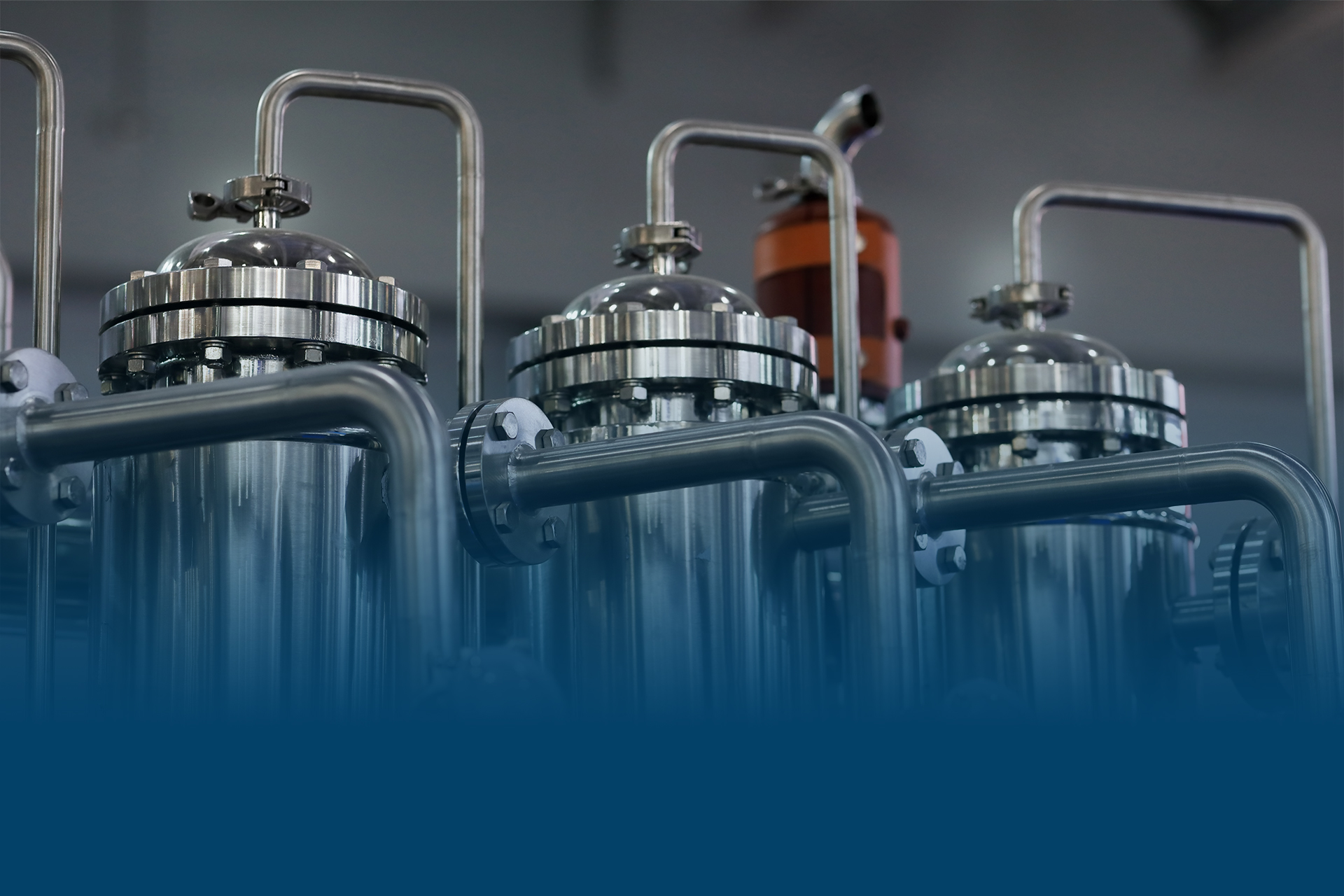

PAT for Continuous Processing
PAT for Continuous Processing
An increasing number of companies are manufacturing by using continuous technology. Continuous processing represents a paradigm shift for all process industries. It has already been embraced by many life sciences companies, as the use of continuous processing has many financial, quality and productivity benefits. The significance of these benefits means that the technology is pivotal in many manufacturing processes including those relating to onshoring, where it would simply be too expensive to use traditional batch manufacturing.
While there are some exceptions, continuous processes generally cannot operate without the continual, real-time assurance of product quality. This has meant, historically, that the technology has been relatively underutilized, as measuring real-time quality has been difficult to achieve.
The expansion and adoption of Process Analytical Technology (PAT) has created a surge of interest in continuous manufacturing and its advantages over batch manufacturing, as it is key to enabling this approach.
Continuous manufacturing can be successfully applied to many processing areas, and in the pharmaceutical industry there is a growing adoption of continuous biotech, flow chemistry and continuous oral solid dose manufacturing.
Bruker offers synTQ PAT management software and a wide range of instrumentation-based PAT solutions.
Free eBook:
‘QbD & PAT for Dummies’ offers a simple and easy to follow guide on what Quality by Design (QbD) and PAT are, the regulatory framework supporting these approaches, as well as how leveraging these concepts can positively transform production processes and quality testing.


